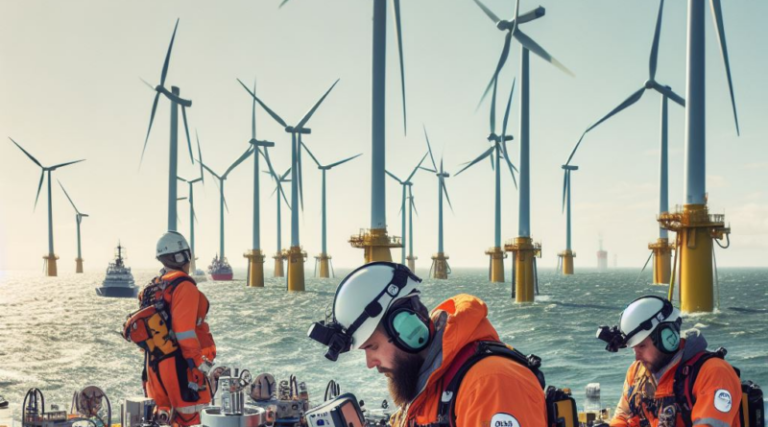Sign up for daily news updates from CleanTechnica on email. Or follow us on Google News!
The team traveled to the East Coast to install instrumentation that will be crucial for numerical weather prediction models.
The Wind Forecast Improvement Project 3 (WFIP3) aims to improve wind forecasts and drive down the cost of offshore wind energy.

The project is funded by the U.S. Department of Energy (DOE) Wind Energy Technology Office, with the federal team including Argonne National Laboratory, Pacific Northwest National Laboratory, the National Renewable Energy Laboratory, Lawrence Livermore National Laboratory as well as National Oceanic and Atmospheric Administration. The non-federal partner team is led by the Woods Hole Oceanographic Institution and includes several university partners.
The WFIP3 project builds upon two previous projects; the first WFIP was initiated in 2011. It focused on the upper Great Plains and Texas, two high wind energy resource areas of the United States, and investigated how to better use observations to initialize the models. The second WFIP in 2015 focused on the more complex area of the Western U.S. (Oregon and Washington) where the complicated terrain has traditionally thwarted accurate modeling of low-level winds.
The next iteration, WFIP3, is venturing into offshore wind energy exploration off the New England coast. The project seeks to address the complexities of forecasting offshore winds, a challenge exacerbated by the lack of comprehensive data in these areas with which models can be developed and tested.
Getting additional observations in this complex environment will improve wind energy resource assessment and forecast models. The project hopes to understand the extreme conditions that could impact offshore wind farms as well.
The project is deploying instruments across six land-based sites, with Argonne instrumentation at Martha’s Vineyard, Cape Cod, Nantucket Island, and Rhode Island. A barge, equipped with instrumentation, will soon be moored in the waters where offshore wind turbines are being installed. The instrumentation will provide detailed metocean observations from the surface to the top of the boundary layer. These observations will be crucial in refining and validating forecast models, ultimately advancing the understanding of offshore wind energy resources.

An EVS team headed out to the East Coast in December 2023 to deploy the instrumentation despite facing hurdles from logistical difficulties to the intricacies of handling large, heavy instruments in high wind conditions and storms with 10-foot waves. Adapting to challenges, the team showcased resilience and quick thinking to ensure the success of the deployment. The team installed three out of four sites in the first visit and returned in February 2024 for the remaining installation.

The field study team is led by Paytsar Muradyan, atmospheric scientist, and includes Joe O’Brien, atmospheric science software specialist; Max Grover, atmospheric data scientist; and Bobby Jackson, atmospheric scientist. The PI on the project is Rao Kotamarthi, senior scientist.
Courtesy of Argonne National Laboratory.
Have a tip for CleanTechnica? Want to advertise? Want to suggest a guest for our CleanTech Talk podcast? Contact us here.
Latest CleanTechnica TV Video
I don’t like paywalls. You don’t like paywalls. Who likes paywalls? Here at CleanTechnica, we implemented a limited paywall for a while, but it always felt wrong — and it was always tough to decide what we should put behind there. In theory, your most exclusive and best content goes behind a paywall. But then fewer people read it!! So, we’ve decided to completely nix paywalls here at CleanTechnica. But…
Thank you!
CleanTechnica uses affiliate links. See our policy here.

